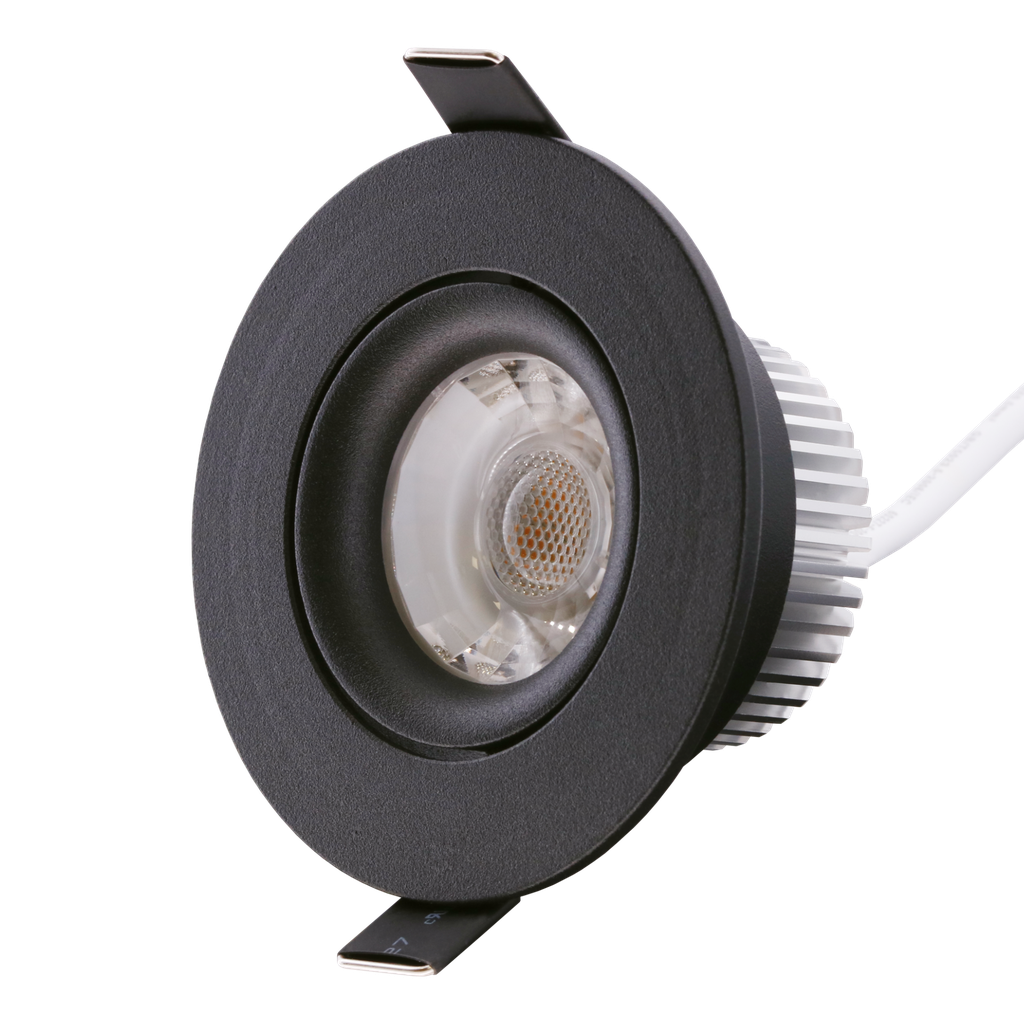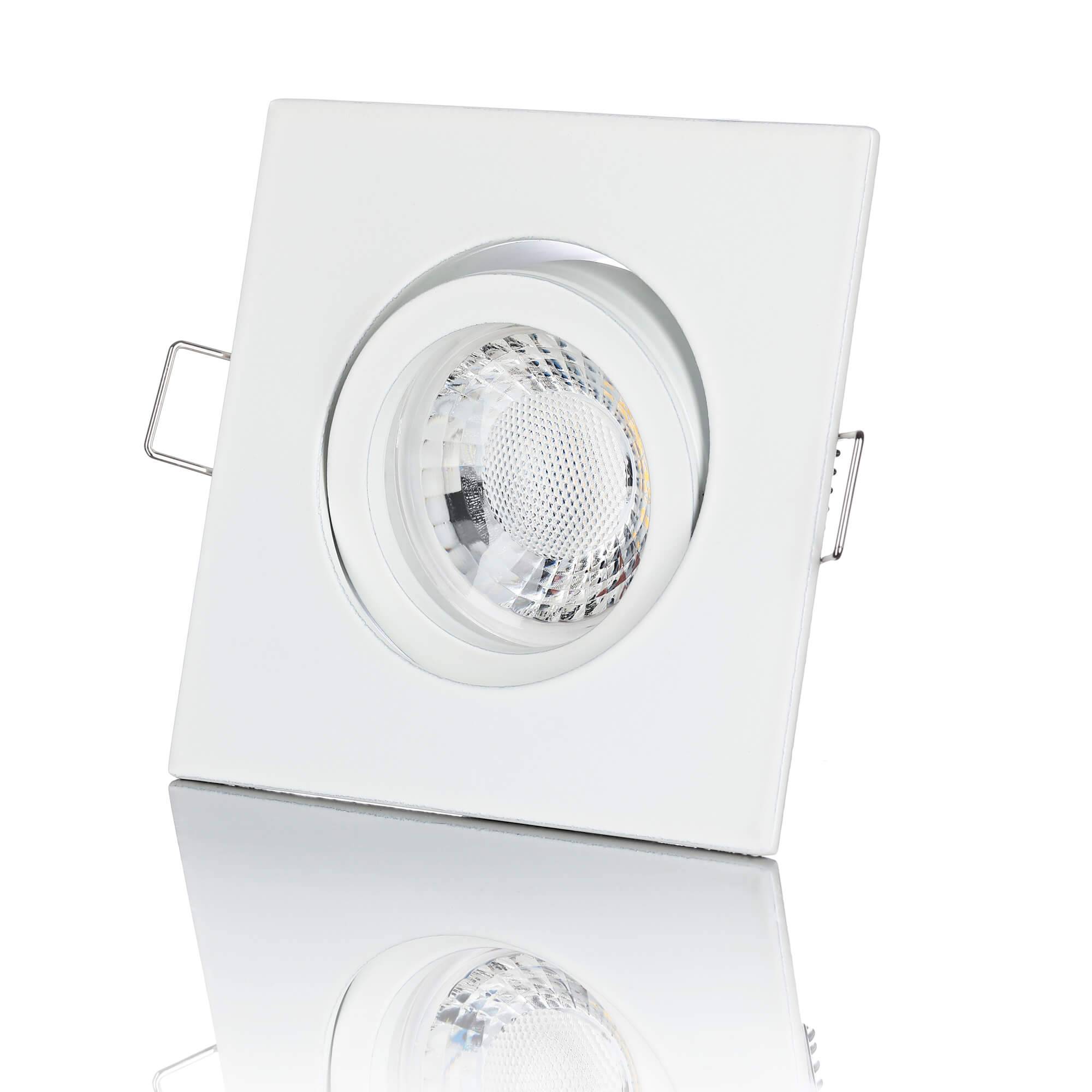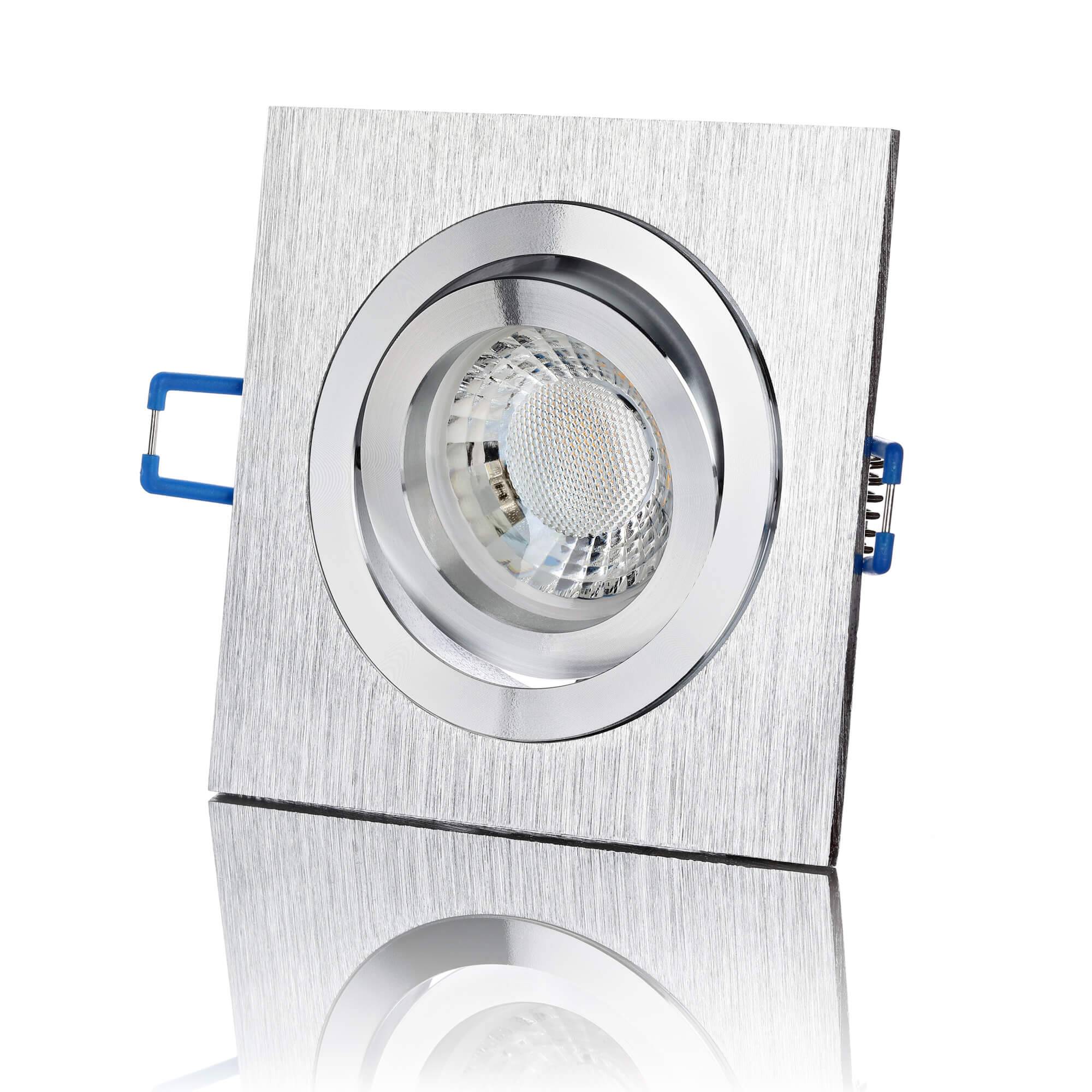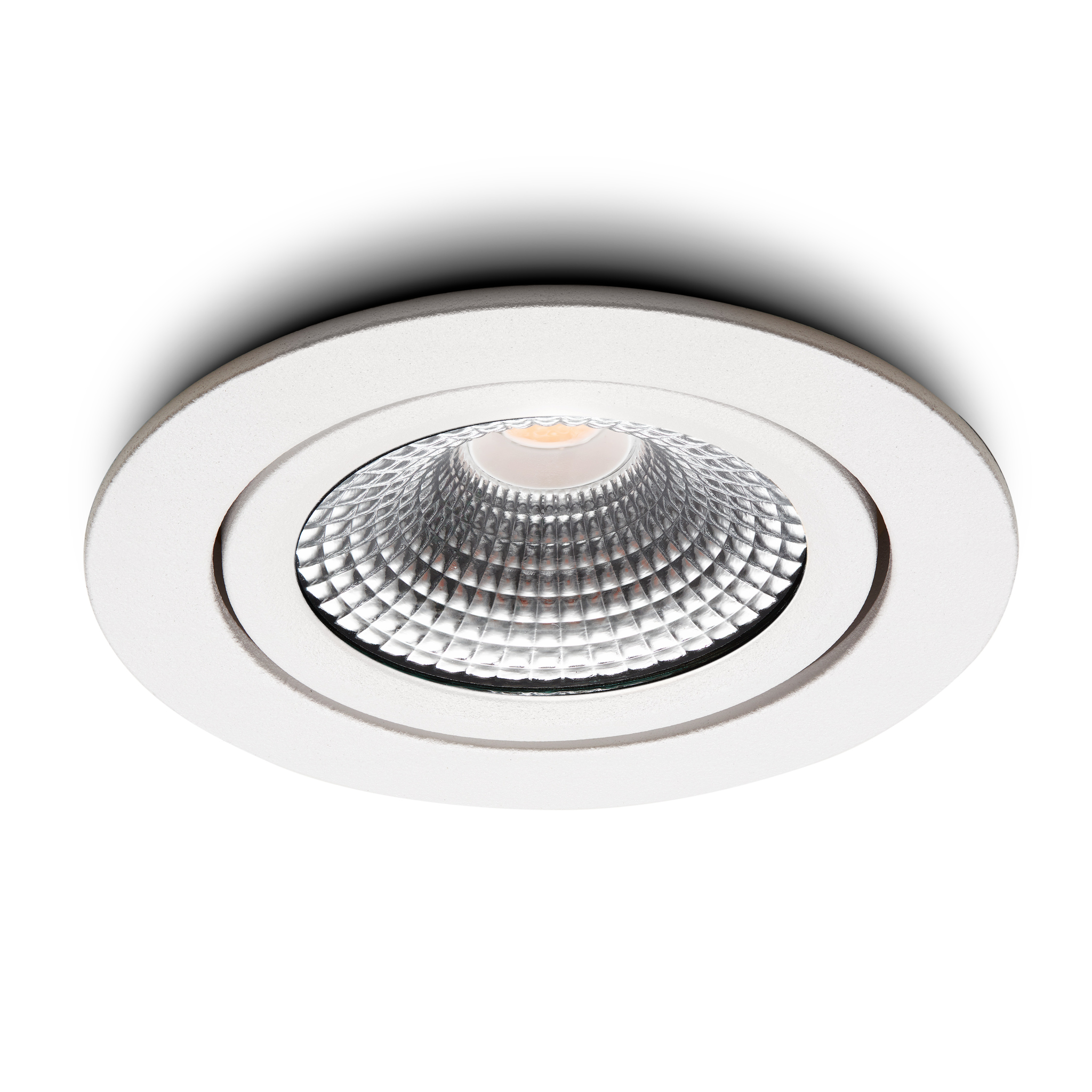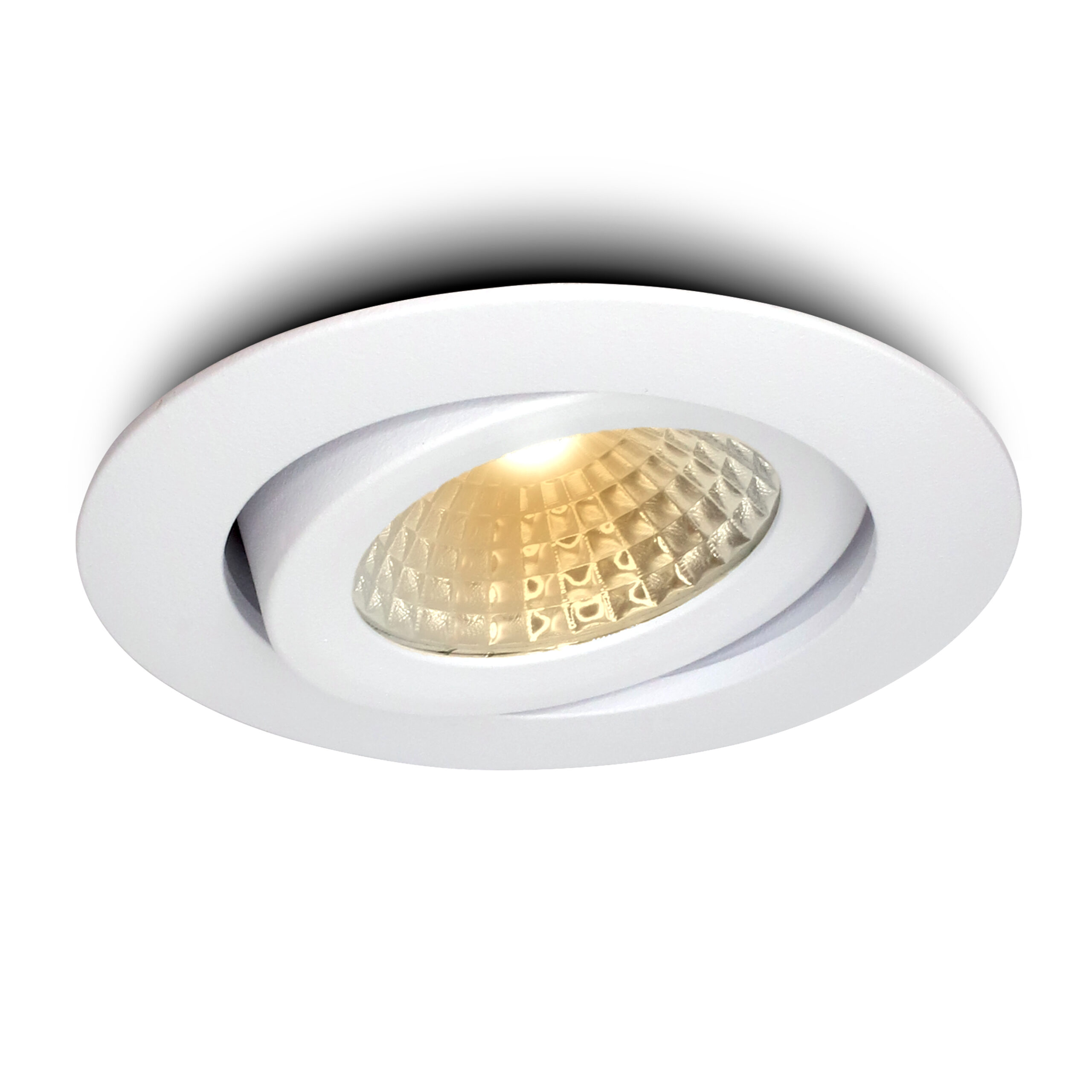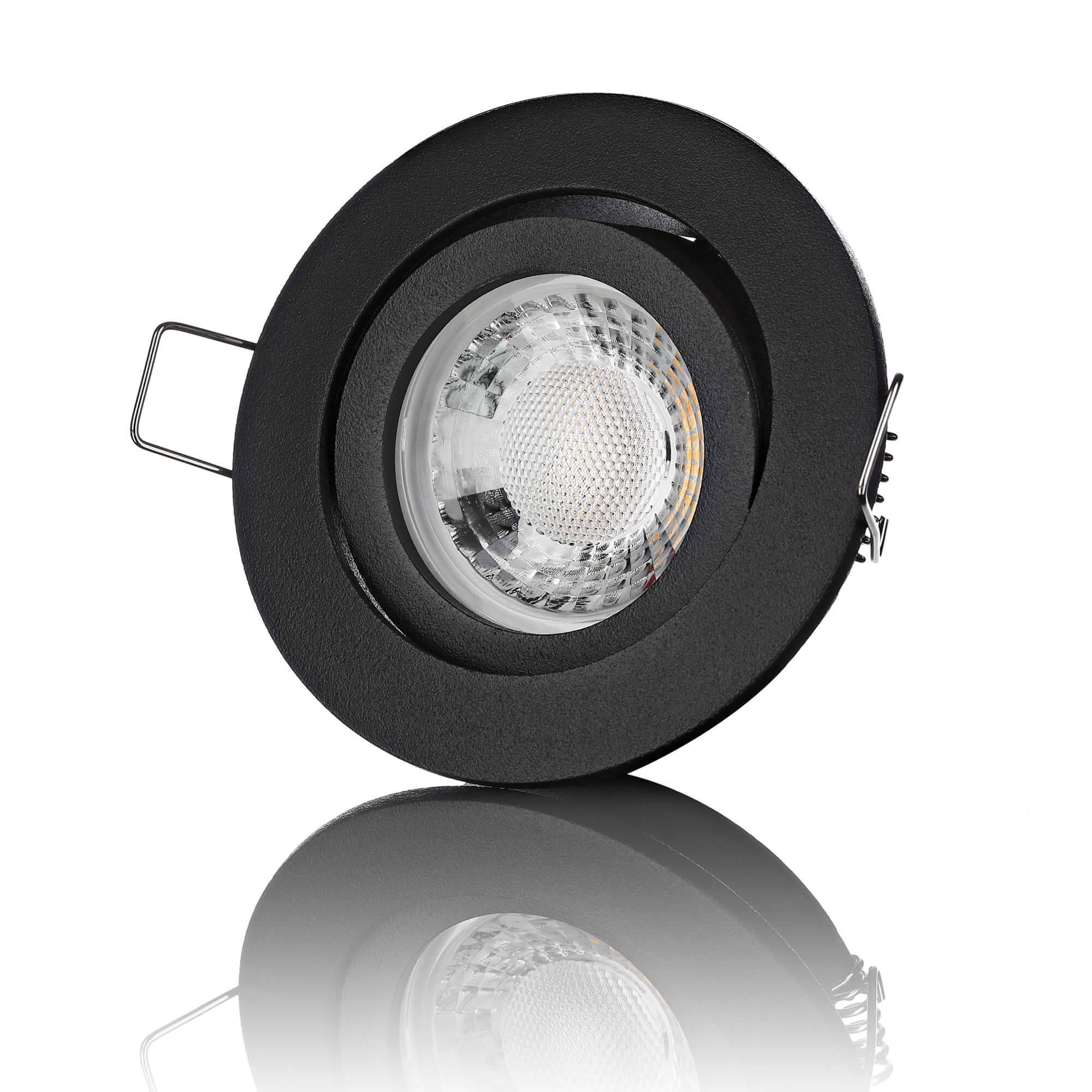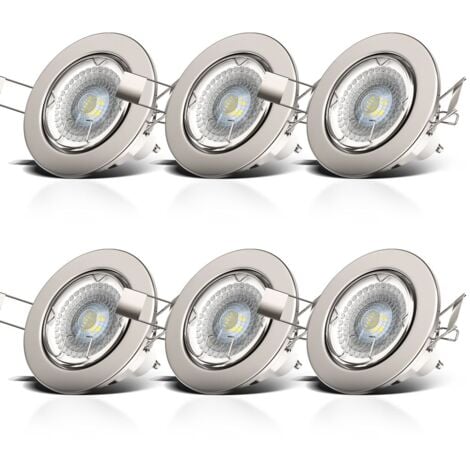
LED Einbaustrahler 3 stufen Dimmbar ultra Flach,3000K Warmweiß Spots,230V 6W 600LM Einbauleuchten,Einbauspots mit 30° Schwenkbar,Deckenspot IP54,Deckenstrahler für Wohnzimmer,Badezimmer,Küche 6er Set : Amazon.de: Beleuchtung

LED Einbaustrahler Dimmbar ultra Flach LED Spots 230V 4er Set Warmweiß 6W 500LM LED Einbauspots mit 30° Schwenkbar, CRI>80, IP44 LED Deckenspot für Wohnzimmer, Badezimmer, Schlafzimmer, Küche, Büro : Amazon.de: Beleuchtung

Dimmbare RGBW Einbaustrahler mit silbernem Rahmen und Fernbedienung von HAGEMANN® — HAGEMANN - Green Systems®
![Paket] LED Einbaustrahler 200-240V AC dimmbar 5,5W 6711 0 Ø80 IP20 Alu Silber geschleift | ledtech-shop.de Paket] LED Einbaustrahler 200-240V AC dimmbar 5,5W 6711 0 Ø80 IP20 Alu Silber geschleift | ledtech-shop.de](https://cdn02.plentymarkets.com/w1rykfkgkxzx/item/images/5460/full/5ZDMWWGUEBRSQALSW6711B-0.jpg)
Paket] LED Einbaustrahler 200-240V AC dimmbar 5,5W 6711 0 Ø80 IP20 Alu Silber geschleift | ledtech-shop.de

UKawhi LED Einbaustrahler Dimmbar 230V Deckenspots 6W Warmweiss 6er Set IP44 LED Spots Badleuchten Einbauleuchten 3000K für Wohnzimmer Badezimmer Einbautiefe 26mm : Amazon.de: Beleuchtung
![Paket] LED Einbaustrahler 200-240V AC dimmbar 5,5W 16302-9 0 Ø68 IP20 Alu Silber + Schwarz gebürstet | ledtech-shop.de Paket] LED Einbaustrahler 200-240V AC dimmbar 5,5W 16302-9 0 Ø68 IP20 Alu Silber + Schwarz gebürstet | ledtech-shop.de](https://cdn02.plentymarkets.com/w1rykfkgkxzx/item/images/5464/full/5ZDW30EBRRDS16302-0.jpg)
Paket] LED Einbaustrahler 200-240V AC dimmbar 5,5W 16302-9 0 Ø68 IP20 Alu Silber + Schwarz gebürstet | ledtech-shop.de



